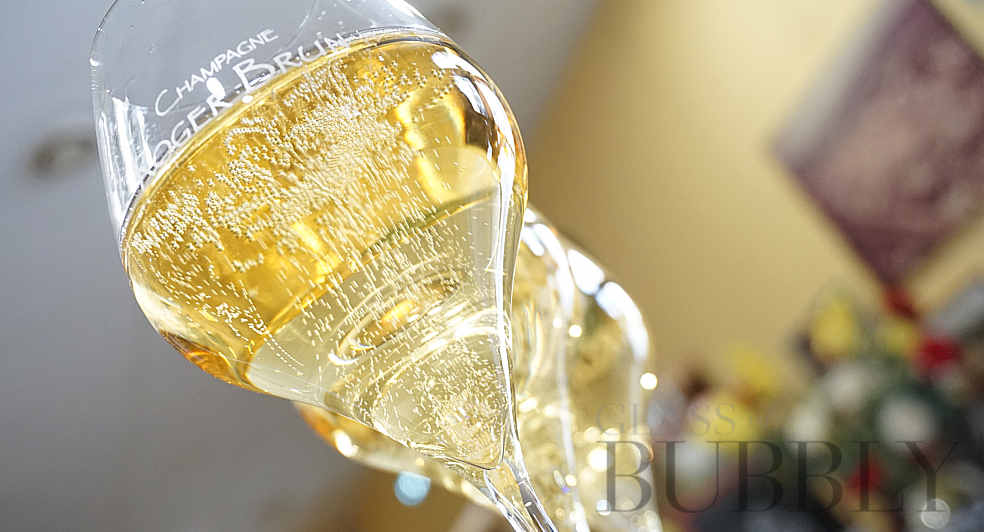Hosting a Reception: Which Glass for Which Wine?
4th April 2022

Wine glasses come in various shapes, sizes, and styles, making picking one tricky. Which is more important: the length of the stem, the width of the base, or the size of the glass? Why would you even need multiple sets? As it turns out, 90% of taste is smell, which means that the way aromatic chemicals waft into your nose has a tremendous impact on your wine tasting experience. The best wine glasses are made for specific varietals, allowing the consumer to appreciate the range of flavours and aromas.
In this post, we’ll explore the anatomy of a wine glass, why you should use different glasses for different wines, and how to know exactly which wine glass to pair with some of the best red wines in your wine cellar!
The Anatomy of a Wine Glass
Wine glasses come in two forms: stemmed and stemless. A stemmed glass features four distinct parts:
Base: Also called the foot. It is what maintains the stability of the wine glass.
- Stem: The functional part that the user holds to enjoy their drink. It is what connects the base to the bowl.
- Bowl: This is the most important part: it holds the drink. When serving any wine, whether champagne or sparkling, it is advisable to fill the glass to the bowl’s widest point. This maximizes the wine’s interaction with the air while still leaving enough room at the top for the aromas to collect.
- Rim: A glass with a narrow rim is preferable to one with a thick rim, as it allows the wine to flow more freely into your mouth.
On the other hand, a stemless glass features neither base nor stem and the bowl tends to have a flat bottom.
Essential Wine Glass Shapes and How to Pick the Best
Bordeaux glasses: For robust full reds
This tall glass is perfect for bold, full-bodied red wines like Cabernet Sauvignon, Merlot, or Bordeaux Blends. The bowl’s height creates more space between the wine and nose, providing room for the alcohol fumes to escape, letting you enjoy more of the wine’s aroma.
Burgundy glasses: For rich whites and light red
The Burgundy glass, similar to the Bordeaux glass but with a wider brim, is ideal for lighter-bodied reds with more delicate flavours. A shorter stem and wider bowl assist capture stronger aromas and direct the wine to the tip of the tongue, where it can be tasted more subtly.
White wine glasses: For light aromatic whites
A classic white wine glass is ideal for light and crisp white wines with delicate aromas. Long stems on the glasses keep the wine cool by keeping it away from body heat. Their narrower bowl and less curved design also help to keep the temperatures low and enhance the citrus and floral scents.
Flute wine glasses: For sparkling wines and Champagnes
The flute is all about the bubbles. It keeps the fruity and yeasty aromas focused with its narrow design while allowing the effervescence to remain fresh and flow longer.
The tulip wine glass is also gaining popularity, especially at fancy parties. They’re tall, like flutes, with a narrow base that gradually widens in the bowl’s centre before gracefully tapering at the rim to focus the aromas on the tongue rather than the nose. Tulip wine glasses are ideal for young as well as mature Champagne.
Conclusion
The choice of a wine glass isn’t set in stone. A standard red wine glass for reds and a white wine glass for whites is a good place to start.
![]()
Glass of Bubbly Content
Content shared by this account is either news shared free by third parties or advertising content from third parties and affiliations. Please be advised that links to third party websites are not endorsed by Glass of Bubbly Ltd - Please do your own research before committing to any third party business promoted on our website.
